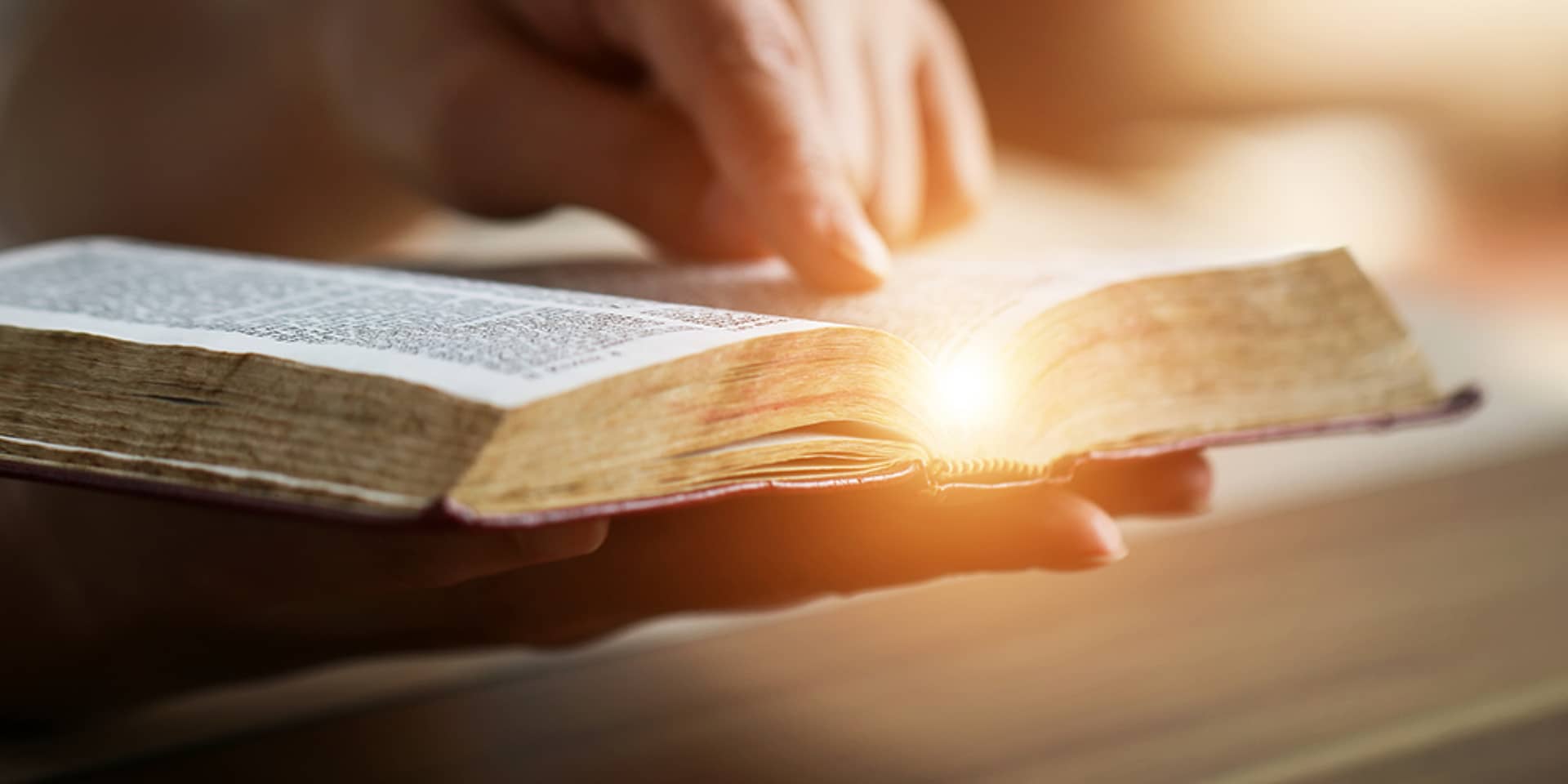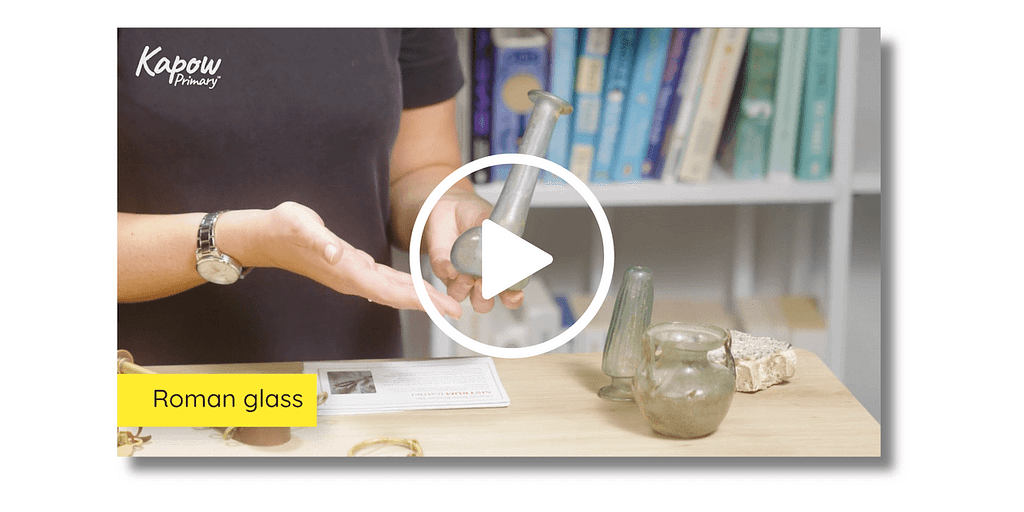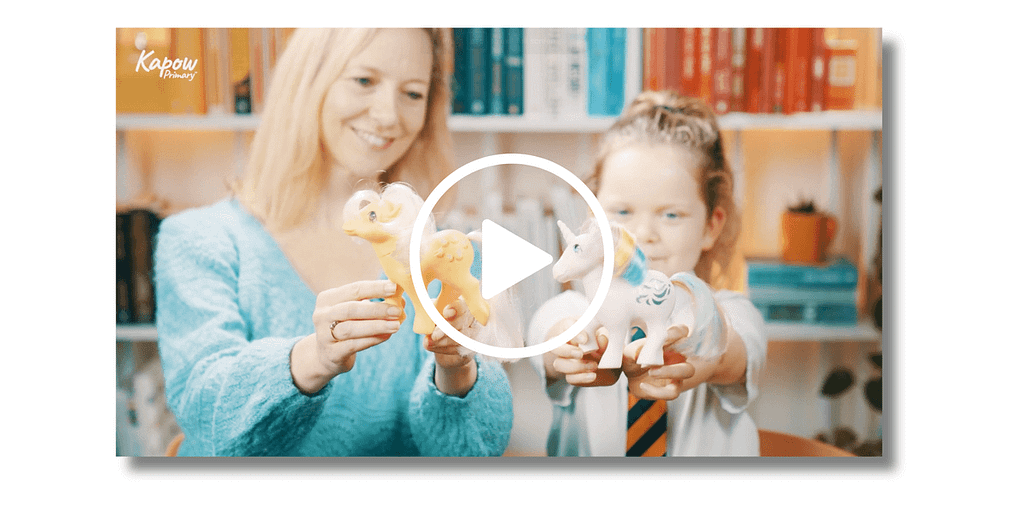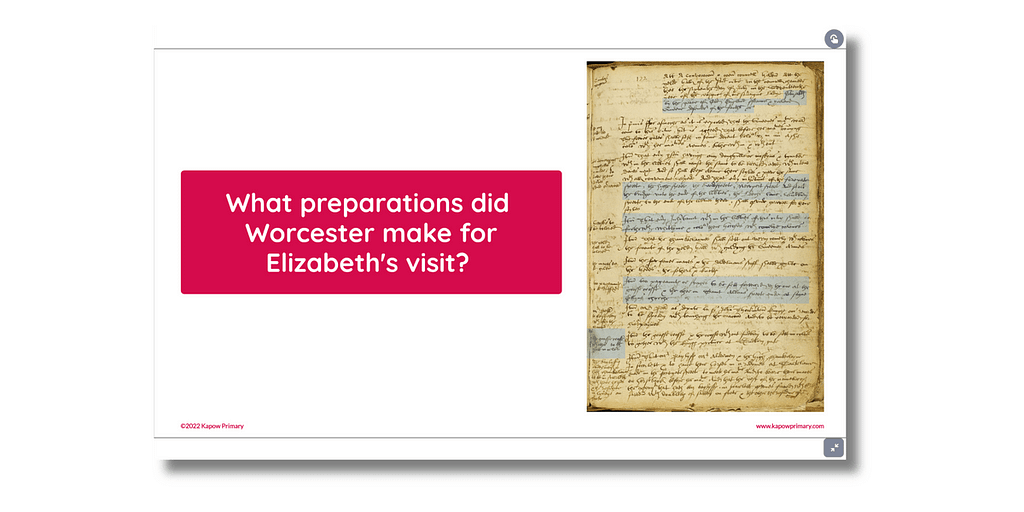Teaching History Using Primary Sources
Written by Kapow Primary
Published on 22nd June 2023
Last Updated: 18th July 2024
Written by Kapow Primary
Published on 22nd June 2023
Last Updated: 18th July 2024

In primary school History lessons, children use historical sources to study the past and construct their own versions of historical narratives. We use two types of historical sources to uncover information from the past:
Primary sources provide the most substantial evidence and support pupils in developing historical enquiry skills such as:
Primary sources help bring history to life as they are first-hand accounts of or artefacts created during a historical period. They foster empathy and perspective by allowing children to connect with individuals who lived through historical events.
Using primary sources helps pupils actively participate in their learning by asking questions and exploring resources independently.
It can be challenging for primary school teachers to obtain high-quality primary sources. Yet, they are necessary to teach the History curriculum effectively. Here are a few ideas for finding primary sources:
Acquiring primary sources takes time, and their validity must be checked carefully. It’s also important to be aware of legal considerations, such as copyright laws, when using information obtained online.
Our talented History team has procured several primary sources available exclusively to Kapow Primary users. They have been carefully integrated into our History lesson plans, transforming the study of the past into an engaging and immersive experience – and bringing different periods of history to life.
Below are some creative suggestions for using primary sources in History lessons. These are described in the context of Kapow Primary History units, but the lessons and sources could be substituted depending on the topic.
In our History scheme, children learn to analyse and interpret written text, using historical documents such as diary entries, census returns and speeches, to develop historical enquiry skills.
Year 2 children examine Bessie Coleman’s pilot licence. Coleman was the first woman of colour to gain an international pilot’s licence in 1921. Pupils use this written primary source to interpret evidence and create questions in their historical enquiry.
Children in Year 5 learn about life in Tudor England using inventories from the City of Worcester Archives. They uncover facts about different people and draw conclusions regarding their lifestyles and status. In a subsequent lesson, pupils gather evidence to create their own inventory.
In Year 6, pupils use speeches from the Parliamentary Archives to make inferences about the politicians Ellen Wilkinson and Betty Boothroyd. They use these primary sources to find information regarding their personalities, interests, historical significance and legacy.
One of our Kapow Primary teacher videos demonstrates how to create a memorable and valuable learning experience using artefacts.
The video is featured in the Year 3 unit on Roman Britain, but the suggestions can be applied to all lessons where pupils examine artefacts. The video advises:
The artefacts featured in the video are loaned from the Museum of Gloucester. Photographs are included in this unit for schools that are unable to obtain actual artefacts.
When it is not possible to bring artefacts into the classroom or for children to view them elsewhere, visual analysis can be used to examine primary sources.
This is how two Kapow Primary History lessons use photographs to uncover historical evidence:
Oral histories and interviews with people who have lived through historical events are valuable historical primary sources. In our History scheme, oral histories feature in our Year 1 lessons, where pupils study toys from the past and prepare questions to ask visitors about their childhood toys.
When it is not possible to conduct interviews, teachers can use our ready-made oral history videos featuring adults and children comparing their toys. Children can also watch these videos as inspiration for questions they might ask.
Developing children’s questioning skills is an essential part of historical enquiry. Questions are integral to Kapow Primary History lessons; every unit and lesson plan starts with a question, and lessons provide opportunities for pupils to ask and review questions.
Engaging children in role-playing or historical simulations enhances pupil engagement, encourages collaboration, and fosters a deeper understanding of historical motivations and perspectives.
Role-play is developed in our Year 2 lesson about Amelia Earhart; children interview and film each other as news reporters and eyewitnesses after reading an eyewitness account of Earhart’s solo flight across the Atlantic Ocean.
Similarly, Year 6 pupils engage in role-play after examining census records to investigate the story of a Victorian family. They identify possible reasons for changes between different decades and develop this information into an interview-style role-play based on the life of one family member.
As part of the Kapow Primary History scheme, upper key stage 2 pupils use primary sources to create historical narratives. Using primary sources in this way allows children to become historians; they need to develop critical thinking as they decide how to weave together various perspectives and sources in a compelling manner.
In our Year 5 unit about Tudor England, children construct a narrative of Queen Elizabeth I’s visit to Worcester in August 1575. They do this by drawing upon evidence provided by the Corporation Records for the City of Worcester.
Children in Year 6 also use the Worcester Archives to discover information about Queen Elizabeth I, alongside transcribed extracts from the Anglo-Saxon chronicle about Alfred the Great. They must use these primary sources to present evidence about who was the most remarkable monarch in a tennis rally-style debate. This debate-style approach can be adapted for many different historical arguments.
During our Year 3 History unit about Ancient Egypt, children conduct research using online primary sources. After watching video clips about the Book of the Dead, pupils work in groups to record their findings on a mind map. Using online archives enables pupils to broaden their understanding of history without leaving the classroom.
Pupils in Year 4 use the Kapow Primary timeline to understand how long ago Victorian times were. Then they examine extracts from The Reports and Evidence from Sub-Commissioners published by the Children’s Employment Commission on the Mines, 1842. Pupils use these extracts and other online videos to research and make inferences about children’s jobs in Victorian times.
When conducting online research, children must be briefed on online safety. Kapow Primary covers this for each year group in our Computing scheme. For general advice about online safety, see our blog about Safer Internet Day.
By incorporating authentic artefacts and first-hand accounts into the curriculum, teachers can spark children’s curiosity, develop critical thinking skills, foster empathy, and create meaningful connections between the past and present. By empowering pupils to explore primary sources, we equip them with the tools to become critical interpreters of history.


